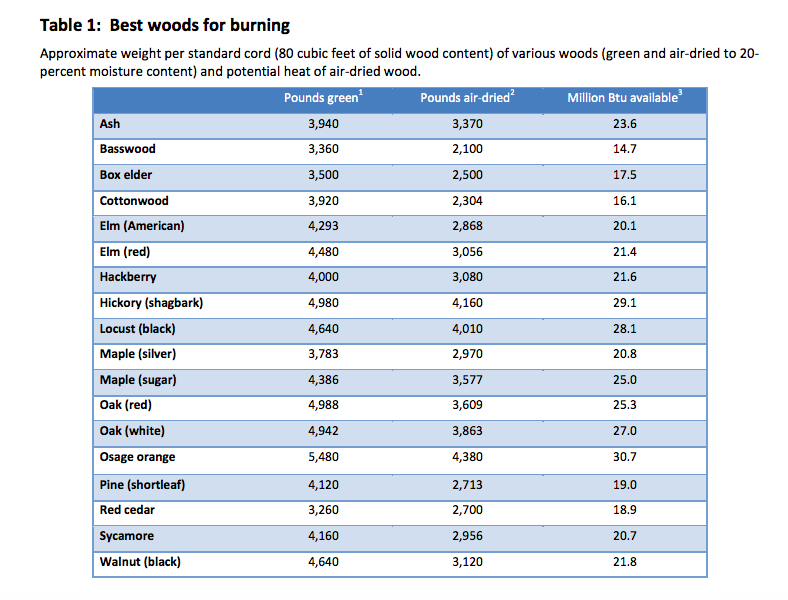Hedge apples are fascinating. They’re too large/unpalatable to be eaten by humans or almost any (living) animal. The species is an evolutionary anachronism—a “ghost” of evolution—that co-evolved to be spread by huge extinct animals like mammoths or giant sloths (Thread to come)
Hedge apples were likely dispersed by giant extinct fauna: mammoths, mastodons, and possibly ground-sloths. Today no species besides humans efficiently spreads their seeds. Their range pre-European settlement was mostly restricted to TX and OK.
https://www.sciencedirect.com/science/article/pii/S1055790317304852?casa_token=iBgpCV5kZJUAAAAA:PUHz9axzzZ3HVh3Fm_FDHgvfezfggMFar1eCOz22O82-0Y7kOh2ypmoM2KmG6Q-vhqgSxGSrwIE
https://www.sciencedirect.com/science/article/pii/S1055790317304852?casa_token=iBgpCV5kZJUAAAAA:PUHz9axzzZ3HVh3Fm_FDHgvfezfggMFar1eCOz22O82-0Y7kOh2ypmoM2KmG6Q-vhqgSxGSrwIE
Now, of course, they are found throughout the US (and other countries). That's mainly because:
1) their wood is extremely useful, for a variety of reasons...
2) they make incredibly good hedgerows...
3) they are very hardy and resistant to disease/decay
1) their wood is extremely useful, for a variety of reasons...
2) they make incredibly good hedgerows...
3) they are very hardy and resistant to disease/decay
The wood of the Osage orange tree, which bears hedge apples, is very strong and flexible. Comanche and other tribes used the tree to make war clubs and archery bows, heavily sought after—the price for one bow was a horse and a blanket in the early 1800s.
Osage orange is also ideal firewood. Its dense wood burns hot, with the highest heating value of any native species. (You’ll get almost twice the BTUs/weight of cottonwood, for example). It’s also easy to split, fragrant, easily forms coals, and doesn’t smoke much.
The trees make great hedges. Before barbed wire it was widely use on Midwest farms to make hedgerows “horse high, bull strong & pig tight.”
FDR's Conservation Corps planted it thru the Great Plains
in the 30s to create a“shelterbelt” to protect crops and provide wood.
FDR's Conservation Corps planted it thru the Great Plains
in the 30s to create a“shelterbelt” to protect crops and provide wood.
The wood is also heavily resistant to decay, making it ideal for fence posts and tool handles. Here's a tree that fell in the 1950s. 60+ years later, it has rotted very little.
 Derek Ramsey
Derek Ramsey
 Derek Ramsey
Derek Ramsey
The hedge apple itself is not one fruit but many: they are, like pineapples or figs, "multiple fruits" containing many fused fruits & seeds. This is an Osage orange flower (technically, a cluster of flowers called an inflorescence)
The fruits also contain high levels of antioxidants that may have some anti-cancer and other interesting properties. This deserves more study IMO
https://en.wikipedia.org/wiki/Pomiferin
https://en.wikipedia.org/wiki/Pomiferin
After doing this research I want to burn some Osage orange & feel its heat, make a bow from its wood, and plant a "bull strong & pig tight" hedgerow
Next time you see a hedge apple, consider the plant’s fascinating story—and how it may be longing to be eaten by a woolly mammoth
Next time you see a hedge apple, consider the plant’s fascinating story—and how it may be longing to be eaten by a woolly mammoth
I’ll have to do more threads like this about nature stuff that I love... I’ve been intrigued by hedge apples since I saw them (infrequently) as a kid in IL and my interest was rekindled recently walking around DC where in one park they are very plentiful
(Update) A lot of people have mentioned they’ve heard hedge apples can repel pests.
It’s true that extracts of the fruit strongly repel mosquitos, cockroaches, and flies.
Research also shows sliced hedge apples placed in enclosed, small spaces do repel insects.
However…
It’s true that extracts of the fruit strongly repel mosquitos, cockroaches, and flies.
Research also shows sliced hedge apples placed in enclosed, small spaces do repel insects.
However…
“There is still no evidence that putting whole fruit around the house or in the basement will have any effect on insect pests.”
So putting whole hedge apples around the house is unlikely to do much.
https://hortnews.extension.iastate.edu/2014/10-24/hedgeapple.html
So putting whole hedge apples around the house is unlikely to do much.
https://hortnews.extension.iastate.edu/2014/10-24/hedgeapple.html
Given how strongly Osage orange extracts repel mosquitos, cockroaches, & flies, I feel such extracts should be studied and potentially used more.
As I mentioned earlier, some of the fruit’s extracts also appear to have some anti-cancer properties. https://pubmed.ncbi.nlm.nih.gov/23929619/
As I mentioned earlier, some of the fruit’s extracts also appear to have some anti-cancer properties. https://pubmed.ncbi.nlm.nih.gov/23929619/
Here’s a patent application from 2010 that envisions using hedge apple fruits/extracts to repel insects. (Seems a bit wacky, but who knows.)
https://patentimages.storage.googleapis.com/55/a1/3d/1370796867eaa5/US20120074025A1.pdf
https://patentimages.storage.googleapis.com/55/a1/3d/1370796867eaa5/US20120074025A1.pdf
I should also note that squirrels will certainly eat hedge apple seeds (tho it's seemingly not a preferred food). Some ppl even claim to enjoy eating them, reporting they taste like cucumbers.
However, the theory abt co-evolution with megafauna stands.
https://books.google.com/books?id=W0aQRscaW3QC&pg=PA120#v=onepage&q&f=false
However, the theory abt co-evolution with megafauna stands.
https://books.google.com/books?id=W0aQRscaW3QC&pg=PA120#v=onepage&q&f=false
Many people also noting that the trees are called bois d'arc (or bodark) in Texas.
This is French for "bow-wood"—referencing its use in archer's bows. The term derives from early French explorers of southeastern TX
This is French for "bow-wood"—referencing its use in archer's bows. The term derives from early French explorers of southeastern TX
A couple more cool things about Osage orange bows:
—these bows were traded widely. A study found archeological evidence of a bois d'arc bow in central Texas circa 1600, about 400 miles from the known range of the tree at the time https://scholarworks.sfasu.edu/ita/vol2014/iss1/76/
—these bows were traded widely. A study found archeological evidence of a bois d'arc bow in central Texas circa 1600, about 400 miles from the known range of the tree at the time https://scholarworks.sfasu.edu/ita/vol2014/iss1/76/
The wood is also even stronger than I realized. According to the Forest Service it has highest “work-to-maximum load value” of any tree by far.
If you're curious, here's a video of Cherokee bow-maker Richard Fields explaining his craft (which involves, of course, using Osage orange wood)

 Read on Twitter
Read on Twitter












